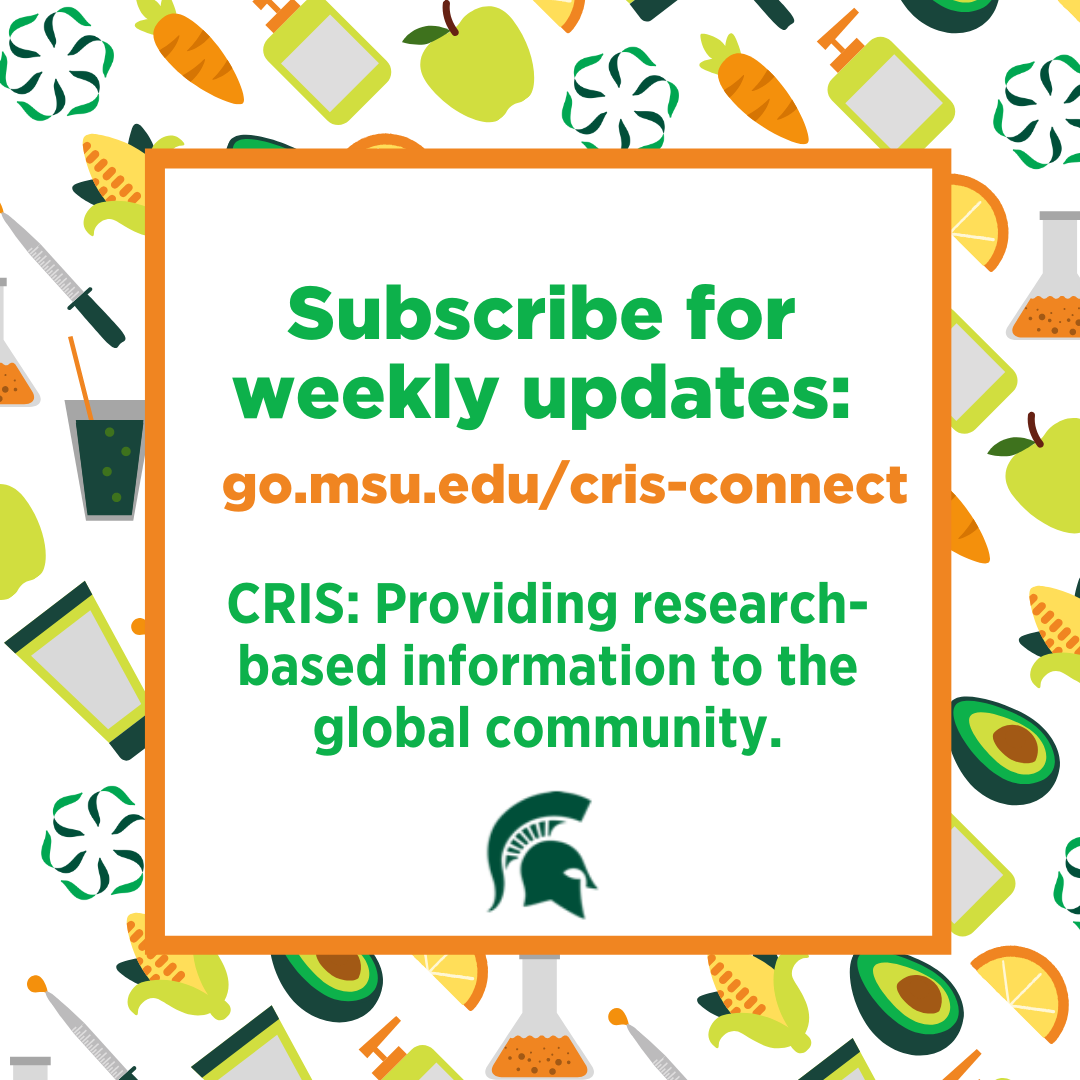Everyday Toxicology – Thresholds Overview
In this series, we look at a critical toxicological concept that underpins the regulations and safety standards that keep the products we use and consume safe: Thresholds.

What is a toxicology threshold?
A toxicology threshold refers to the amount of an ingredient or substance we can be exposed to before an adverse health effect may occur.
For example, if we consume eight glasses of water daily, we won’t have adverse health effects. However, if we consume 80 glasses of water a day, we can begin to experience adverse health effects like hyponatremia. The point between safety and when we begin to experience harm is the threshold.
consume 80 glasses of water a day, we can begin to experience adverse health effects like hyponatremia. The point between safety and when we begin to experience harm is the threshold.
How are toxicology thresholds determined?
Traditionally, researchers conduct studies that measure how a person, animal, or organism responds to an ingredient or substance by giving them specific doses, or amounts, of the ingredient and observing how the organism responds. Often, researchers used animal models to help develop safety thresholds. These research models are called “in vivo,” meaning in living organisms.
New Approach Methodologies (NAMs) are changing how scientists conduct research. Advancements in research techniques and computational modeling are allowing researchers to move away from animal-based models and start using “in vitro” meaning in glass models. In vitro research involves using cells, tissues, or biological samples that researchers have isolated from living animals or humans to build models that are often more applicable to human exposure and human biology, while reducing the need for laboratory animals.
Using the data researchers gather from traditional and new approach methodologies, scientists and regulators can determine a safety threshold.
What data do researchers look at to determine a safety threshold?
Researchers will use multiple data models to determine the safety threshold, including linear, log-linear, sigmoidal, and more.
The four primary toxicology thresholds include:
- No Observable Adverse Effect Level (NOAEL): The highest dose of an ingredient or substance that does not produce any observable adverse effects.
- Lowest Observable Adverse Effect Level (LOAEL): The lowest dose of an ingredient or substance at which there are observable adverse effects.
- Threshold Limit Value (TLV): The maximum concentration of an ingredient or substance that a person can be exposed to over a specified period without experiencing adverse effects.
- Reference Dose (RfD): This is the maximum amount of a substance that a person can be exposed to daily over a lifetime without experiencing adverse effects.
The above thresholds are often used with other data to determine a safe exposure level for an ingredient.
How do researchers and regulators calculate a safe level for an ingredient?
Traditionally, scientists use threshold data to determine the highest dose an animal can be safely exposed to a compound. Then, researchers will use the data derived from animal studies and apply it to humans to create a safety margin.
Since animal and human biological systems are sometimes different, researchers need to ensure that humans are not negatively impacted more than animals. To do this, they calculate a safe dose (1,2) for humans by dividing the animal safety dose typically by a default of 100 (10-fold reduction for the uncertainty of extrapolating across different animal species and 10-fold reduction due to the uncertainty of differences in sensitivity between individual people), if not more.
For example, a safe dose for animals may be 100mg/kg/day, so the safe dose for humans would be 1mg/kg/day.
The calculation generates a conservative estimation of safe exposure that considers vulnerable populations like children. It does not necessarily guarantee adverse effects for any dose above the established human threshold.
As new approach methodologies become more common, we can anticipate researchers and regulators updating the current standards to reflect the more nuanced data provided by in vitro models.
How do thresholds impact food and ingredient safety?
Thresholds are critical elements of the risk assessment process.
The risk assessment process involves regulatory agencies, including the U.S. Food and Drug Administration, U.S. Environmental Protection Agency, Consumer Product Safety Commission, and more, to use thresholds and other data to generate safe levels of compounds we may contact regularly.
The agencies use different terms to describe these numbers, but their core purpose is to prevent harmful levels from entering our daily life. These terms can include:
- Acceptable Daily Intake
- Reference Dose
- Minimal Risk Levels
- Permissible Exposure Levels
- Threshold Limit Values
- Recommended Exposure Levels
- Health Advisories
Does everyone agree with toxicological thresholds?
Science constantly evolves, and individual scientists may have differing opinions on determining safety levels. There are a few common areas of concern:
- Safety margins: Some researchers do not believe the safety margins are adequate to protect vulnerable populations like children and those who are pregnant, so they believe scientists should reevaluate this process.
- Cumulative effects: Some researchers worry that exposure to different combinations of ingredients or substances may cause unknown harm.
- Endocrine-disrupting thresholds: Some researchers have suggested that endocrine-disrupting chemicals may not act like most known hazards and argue that even very small doses of endocrine-disrupting chemicals can cause adverse health effects. Research is currently underway.
The good news.
Research on ingredient safety, specifically thresholds, continues to evolve as new methodologies help researchers understand human exposure more fully. As research continues, regulators will be able to use more refined threshold data to develop more robust safety profiles.
If you have any questions about foods and ingredients, please reach out to us on Twitter, send us an email, or submit your idea to us at go.msu.edu/cris-idea.



 Print
Print Email
Email

